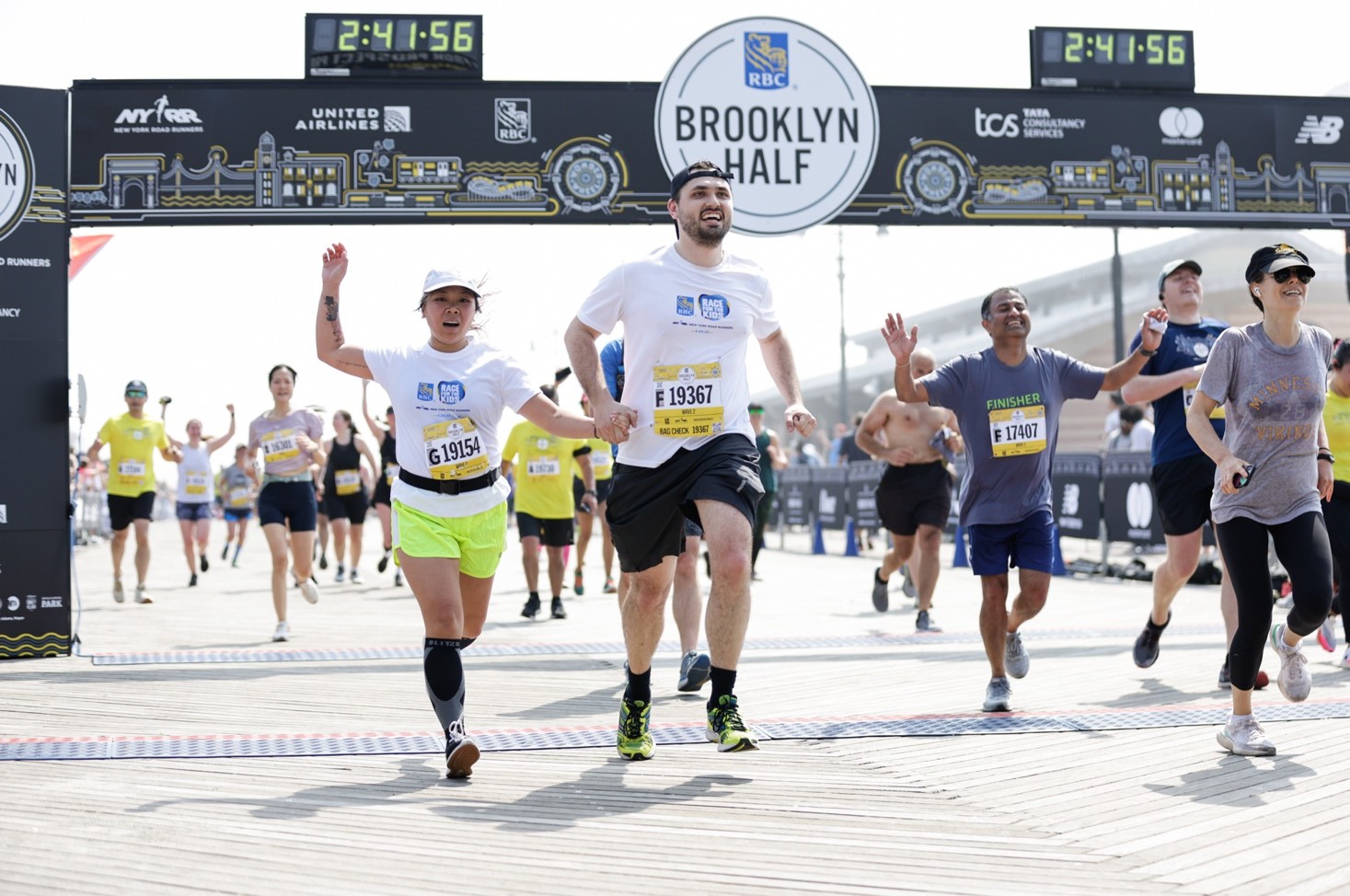A massive, 15-story construction crane being lowered to safety in a snow squall plummeted onto a Lower Manhattan street, killing a Harvard-educated Wall Street worker and leaving three people hurt by the debris scattered by the rig's lengthy boom, officials said.
The construction equipment was being lowered and secured because of winds topping 20 mph when it toppled over at Worth and Church streets in Tribeca at about 8:30 a.m. Friday, Mayor de Blasio said.
The crane, owned by Bay Crane, and stretching more than 15 stories high, smashed into several buildings on the way down before crashing onto several parked cars stretched over two blocks. Video of the collapse shot from a high rise nearby shows the crane's boom come crashing down.
The collapse killed 38-year-old David Wichs, a mathematician who worked at a computerized trading firm. Three others, all bystanders, were hurt as well, de Blasio said. Two are in serious condition, while the third person had minor injuries. The three were hit by falling debris.
De Blasio said that construction workers were directing pedestrians away from the crane as it was being lowered, perhaps saving lives.
"Thank God we didn't have more injuries and lose more people," de Blasio said. "It's something of a miracle that there was not more of an impact."
More than 140 firefighters responded to the scene along with dozens of EMS workers and police.
Photos: Crane Collapses in New York City
The crane crashed down so hard that it disrupted underground infrastructure, Con Edison spokesman Alfonso Quiroz said. The utility told NBC 4 New York that it got a gas reading at an address on Worth Street and has shut down gas mains in the area.
Several buildings were evacuated while authorities evaluated the situation, and subway trains bypassed the area for several hours.
None of the buildings that were hit sustained structural damages.
De Blasio said that it will take several days to clean up the area.
"It will certainly take several days, certainly no earlier than Monday, possibly longer, before we can get things back to normal in these immediate blocks," he said.
The crane was being used at a building across the street from the NYPD Sergeant's Benevolent Association. Members of the union were among the first to respond after the collapse, according to Vice President Bob Ganley.
"It was a scene," Ganley said. "It was surreal. It was like a war zone when it first happened."
[NATL] Top News Photos: Pope Visits Japan, and More
Ganley said he looked out the window and saw the crane crashing down, and others in the building reported that the impact felt like an earthquake. Several officers in the building ran outside and began helping people who were hurt, assisting a person trapped in a car and covering Wichs' body with a blanket.
Local
Authorities from the NYPD, city Department of Investigation and Department of buildings are all trying to determine why exactly the crane, owned by Bay Crane and operated by Galasso Trucking and Rigging, toppled over.
Storm Team 4 says that nine minutes before the collapse, a 37 mph gust was recorded at a weather station in the Battery, about 1.4 miles away. It's not clear if a gust played a role in the collapse, however.
Bay Crane and representatives for Galasso declined to comment.
Buildings Commissioner Rick Chandler said inspectors didn't find any issues with the crawler -- a type of boom crane mounted on an undercarriage with tank-like caterpillar tracks to provide mobility.
"Obviously, it requires investigation in terms of the way this was done," Chandler said.
Department of Buildings officials had cleared workers to use the crane to replace generators and air conditioners on 60 Hudson St. a day before the collapse, de Blasio said.
Ganley told NBC 4 New York that he was talking with someone outside his building on Thursday afternoon and was uncomfortable with the height of the crane's boom, which stretched up several stories.
"I told him, 'That doesn't look good, does it?'" he said.
All 376 mobile cranes registered with the city, as well as all 43 of the larger tower cranes, were ordered put in secure positions.
Crane safety came under scrutiny in the city in 2008, when two tower cranes collapsed in Manhattan within two months of each other, killing a total of nine people. A crane rigger and crane owner were tried and acquitted on manslaughter charges; a mechanic pleaded guilty to criminally negligent homicide.
The accidents spurred the resignation of the city buildings commissioner and fueled new safety measures, including hiring more inspectors and expanding training requirements and inspection checklists.
But another crane fell and killed a worker in April 2012 at a subway construction site that was exempt from most city building safety rules. In January 2013, a crane collapsed at a Queens construction site and injured seven workers.
In April, a construction worker died when the hydraulics malfunctioned on the boom truck he was inspecting in midtown Manhattan, causing the boom to collapse and fall on him, pinning him against the flatbed.
Last May, a mobile crane dropped a 13-ton air conditioner being placed atop a midtown Manhattan building, injuring 10 people. That crane was also owned by Bay Crane.
Cranes have also dropped loads or come close to falling apart in other incidents, including a dramatic episode in which a crane's boom nearly snapped off during Superstorm Sandy and dangled precariously over a midtown block near Carnegie Hall.



